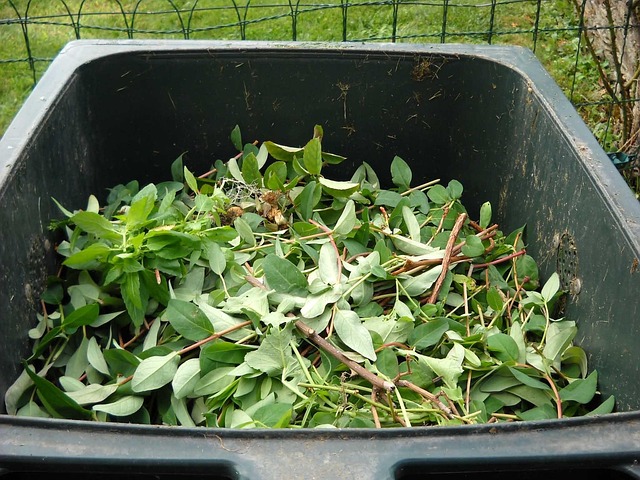Growing Together: The Rise of Urban Community Agriculture
In a bustling urban landscape, surrounded by towering buildings and constant motion, there exists a growing movement that reminds us of the beauty and necessity of community connection through urban community agriculture. This grassroots phenomenon is not merely about growing food; it’s about cultivating relationships, building resilience, and fostering a sense of belonging amidst the concrete jungle.
The Roots of Urban Community Agriculture
Urban community agriculture can trace its roots back to the need for fresh food in neighborhoods where access to grocery stores is scarce. But its rise has transformed into something much larger: a social revolution that empowers residents to take control of their food sources. From rooftop gardens to vacant lot farms, each plot represents a collective effort to bring people together, with shared values of sustainability and health at its core.
Feeding the Community
As the world grapples with the growing challenges of climate change and food insecurity, urban community agriculture serves as a vital solution. It allows local residents to produce their own fruits and vegetables, significantly reducing food miles and the associated carbon footprint. Picture a community gathering every weekend to harvest tomatoes, peppers, and greens, all grown with love and care. That’s more than food; it’s a shared experience that enriches lives.
Cultivating Connections
Engaging in urban community agriculture transcends mere planting and harvesting; it creates a vibrant social fabric. Neighbors who may have never spoken before come together to share their knowledge and experiences, forging friendships that can last a lifetime. Gardeners exchange tips on pest control or teach each other how to make the perfect salsa. These interactions not only cultivate crops but also deepen community bonds.
Learning and Growth
For many, urban community gardens become outdoor classrooms where both young and old can learn about agriculture, nutrition, and environmental stewardship. Workshops on composting, organic practices, and cooking demonstrations foster a culture of lifelong learning. The hands-on experience empowers individuals to make informed choices about their health and their environment, collectively nurturing a generation that values sustainability.
A Space for Reflection and Healing
The garden is also a sanctuary, a peaceful retreat from the busyness of urban life. The act of tending to plants can be meditative; it provides a space for stress relief and reflection. As community members invest time in the earth, they witness the fruits of their labor, fostering a connection not just to the land but to themselves and to each other. These green spaces become vital in promoting mental health and emotional well-being.
Challenges and Triumphs
While the rise of urban community agriculture is undeniably inspiring, it is not without its challenges. Issues such as land access, funding, and local regulations can hinder progress. However, the perseverance and creativity of community members have led to innovative solutions. By working together, they show that with determination, even the toughest obstacles can turn into opportunities for growth.
As urban community agriculture continues to blossom, it represents more than just a trend; it symbolizes a shift toward a more sustainable, interconnected, and fulfilled way of living. In every seed planted and every smile shared, we find hope for a brighter future—a future we are cultivating together.




